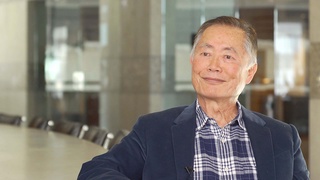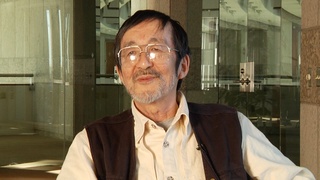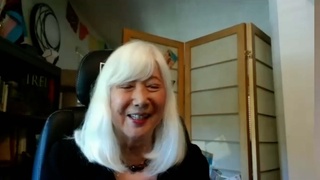Interviews
Joining the movement
By the time I had six kids we had to move to a larger apartment. And, you know, we were living in the housing projects—low-income housing—and they were building a new low-income housing in Harlem. And so, we got into that one. And so, gee, Harlem, I mean, it was really…I mean, activism, I mean, Harlem was the place to go.
I would pick up, you know, leaflets on the street, and, gee, it would be so interesting, that I wanted to know more. And I’d pick up everytime I’d see a leaflet. And, it’ll say when the next event or what. And so then, when the youngest one was one year old, because Bill said, “As long as you take care of the house and the kids, you could go to some of the meetings.” I took all the kids with me, maybe, two on a, you know, push car, and one on a stroller or something. But, so all my kids started in real young. And they use kids for a lot of things, where kids were getting hit by cars, they asked all the mothers to bring their toddlers, and, or babies, and put them in the middle of street, and don’t let any cars pass. And we’re gonna stay there until the government would give traffic lights throughout Harlem.
Date: June 16, 2003
Location: California, US
Interviewer: Karen Ishizuka, Akira Boch
Contributed by: Watase Media Arts Center, Japanese American National Museum.



